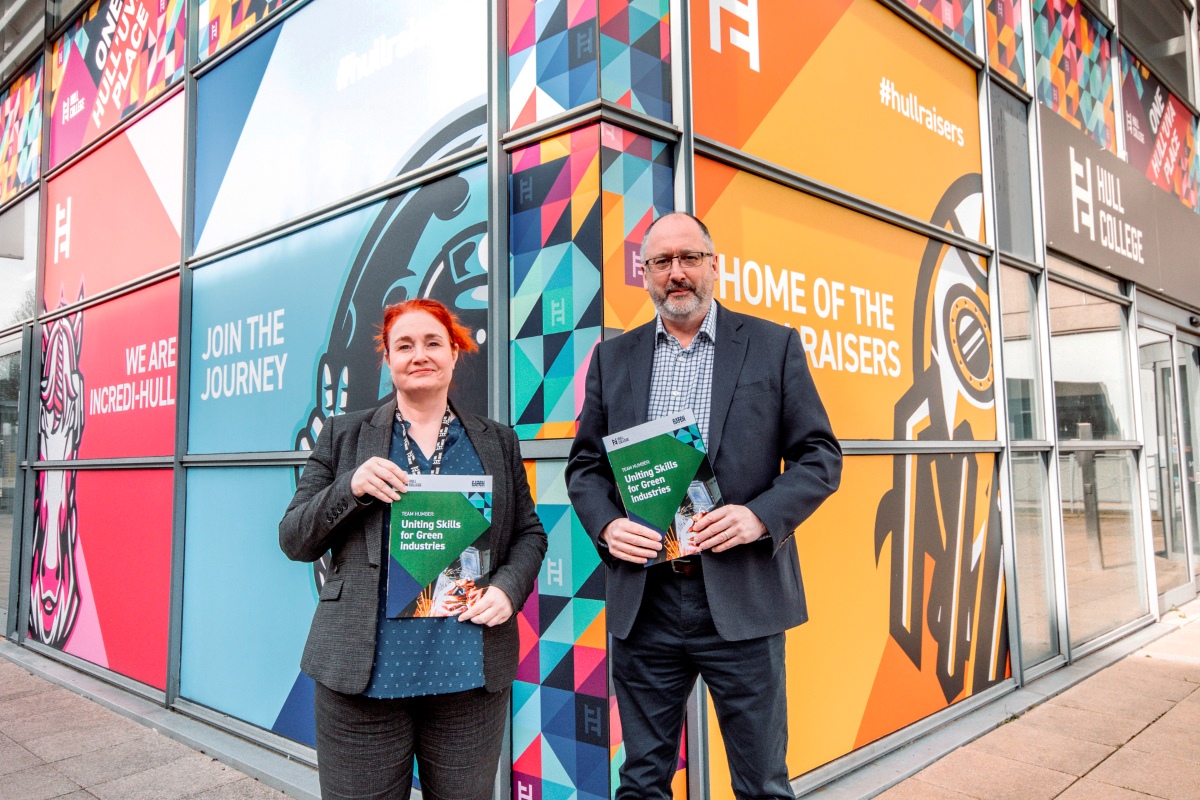Staff at breaking point at many providers because of excessive travel.

Ask any remote Training Assessor (TA) or Coach to list the challenges they face in doing their job and their response will likely include high caseloads and/or excessive travel distances. From OFSTED reports to employee comments on sites like Glassdoor, TA’s with the right caseload stay in post for longer and build the relationships with learners that lead to positive outcomes.
However, many Independent Learning Providers (ILP’s) unintentionally saddle their staff with an unnecessarily gruelling work load, and build-in hours of unproductive time into their days, and it starts right from the moment they engage with a learner.
Most ILPs rely on their sales teams or regional administrators to decide how new learners are allocated to their staff. Individuals may have preferred TA’s, or simply assign new learners to the last TA they dealt with.
Some ILPs have a centralised function to try and improve this step, and they typically use basic estimates to see which TA appears to have spare capacity in their caseloads, or which TA is closest, on the map, to the learner. However, many still recognise that they could improve allocation, but can’t see where to start.
Who can blame them; It’s time-consuming and complicated for staff to consider the nuances of local road conditions, real distances and time involved, and the location of other learners on a staff member’s caseload. All these considerations whilst often doing their ‘day’ job.
A learner in Grimsby may seem closest to a TA in Patrington (just under 8.5 miles as the crow flies), but the actual driving distance is 47.6 miles because the Humber estuary is in the way.
Admittedly, most administrators allocating learners to TA’s will hopefully spot this point, but for less obvious locations they’re unlikely to successfully account for the local considerations that can significantly affect travel times or the ability of the TA to take on-board a new learner.
Administrators are also having to deal with changing caseloads as members of staff leave and others join, which further adds complexity to which learner is reassigned to whom.
So what does this all mean? From an operational perspective, this can impact on the learners very first impression of the ILP and their TA. New and prospective Learners can be left sat waiting for the first meeting with their TA. The longer the wait, the greater the risk of the learner becoming disengaged and a ‘non-achieving leaver’ (NAL). There are plenty of stories where the learner has got frustrated making endless phone-calls to the ILP complaining they haven’t been contacted by the TA and eventually becoming a ‘Non-Start’.
Where ILP’s have navigated the initial difficulties with onboarding the learner, issues relating to the TA’s caseload often result in a higher number of late visits, shorter visits and even missed visits. This impacts not only on the quality of the learning but also increases the risk of a frustrated and disengaged learner becoming a NAL, thus reducing the ILP’s Qualification Achievement Rate (QAR).
From a financial point of view, ILP’s are incurring much higher mileage expenses, lower productivity and increased staffing costs.
Aha Analytics, a data services consultancy working on solving this problem have analysed real life data involving over 20,000 learners around 550 TA’s. Their analysis shows just how difficult this job can be and how quickly the numbers multiply: Say an ILP has 2000 learners and 50 Trainer Assessors (TAs) in a particular skill sector area. Over 300,000 calculations need to be run to determine who the closest three TA’s for each of the learners. This is just the tip of the iceberg in terms of configuring optimised caseloads.
Even if administrators get somewhere near the ‘ideal’ caseload manually, changes to the learner or staff base will result in previously optimised caseloads regressing back to their previous state.
Aha Analytics’ have developed algorithms which can perform hundreds-of-millions of calculations for all learners and staff based on geographic location and skillsets to determine an ideal caseload of learners for which a TA should be responsible.
Further calculations are performed between each of the learners for each of the identified caseloads to identify geographic ‘cluster’ of learners. This information can be used by the TA and supporting software to better schedule visits and further reduce the travel distance and time.

So just how bad are the inefficiencies? Based on the analysis conducted involving over 20,000 learners, Aha Analytics have demonstrated a staggering reduction in travel distance for a TA from c.10k (miles) to c.5.5k annually. For an organisation with 100 TA’s, this can amount to savings in mileage of the equivalence of 18 trips around the world, saving just over £200k in mileage expenses and reducing CO2 emissions by a whopping 240,000Kg.
Of equal interest are the savings in time which can amount to 32% of the time the TA would otherwise spend behind a wheel. To put it another way, better caseload management would enable each TA to add two additional learners to their caseloads.
Alternatively, ILP’s can focus on quality and choose instead to increase the duration of visits for learners by an additional 8% within existing headcounts.
By using data and analytics in a joined-up suite of applications, ILPs can allocate and maintain caseloads in a smarter way, and better manage the working week for staff in the field and their learners. The resulting fully optimised caseloads have shown to produce savings of up to 45% in mileage expense claims and 32% in drive time.
All this means that the TAs can have achievable workloads, reducing the likelihood that they’ll leave their post. The learners know that they will receive regular and continuous support from the same TA, which boosts the quality of teaching they receive, and increases qualification achievement rates (QAR’s). The ILP’s will experience less turnover of staff and sickness days, leading to increased productivity, better QAR’s and significantly lower costs.
As British roads become more congested and government funding tightens, the question is whether ILP’s can continue to operate with an outdated model which takes away so much from their staff, learners and bottom line?
Aha Analytics are offering ILP’s a free, no obligation health-check of their caseloads to identify how they can leverage the power of Big Data and Analytics to operate their businesses much more efficiently and enjoy savings in mileage and costs. Optimised caseload allocation and smart learner visit planning increases productivity and reduces costs. For your free no obligation review or if you would like to understand how data analytics can help improve your current work processes, please email or telephone the office on 0114 2434560.












Responses